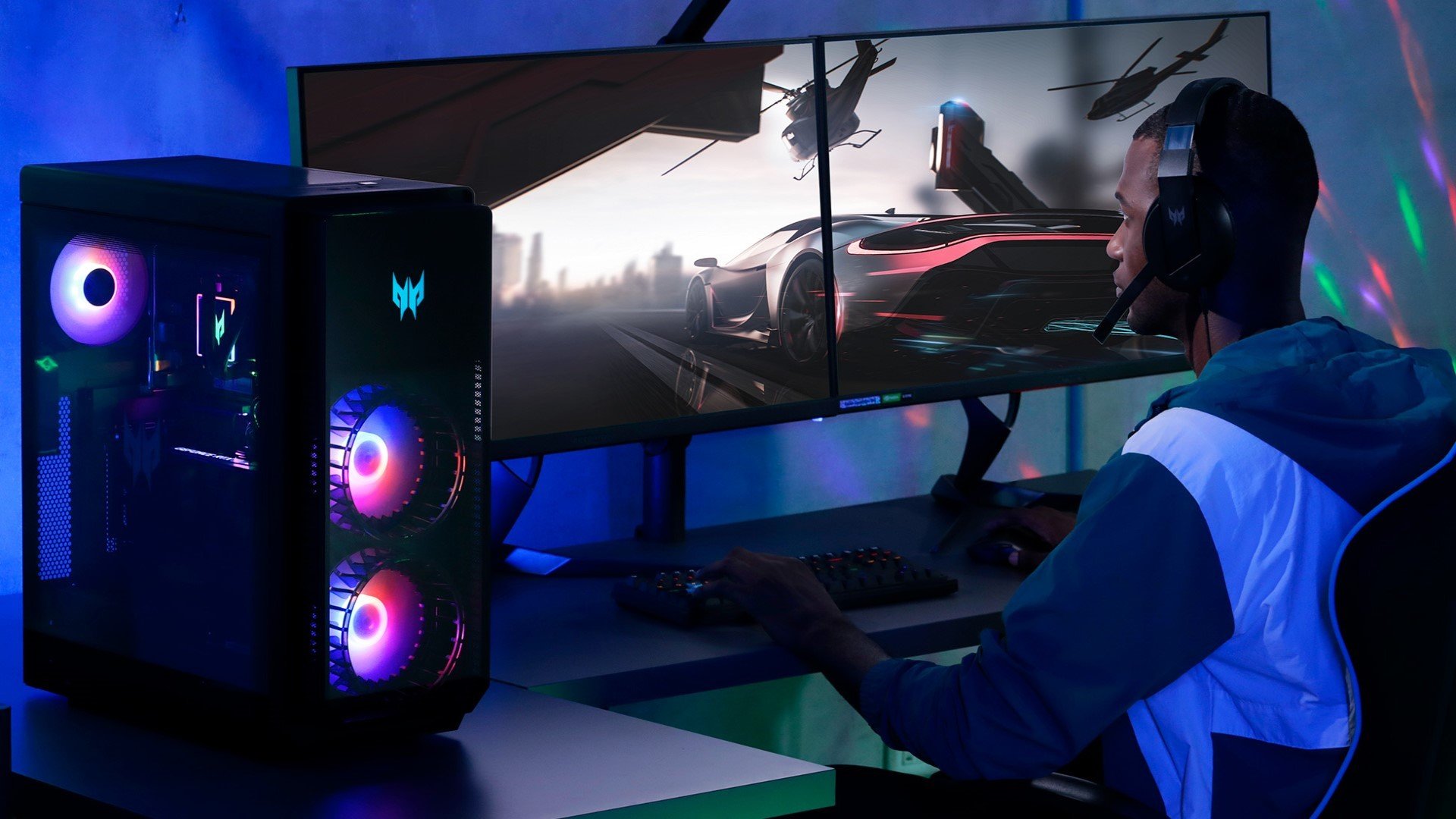
Windows is a great operating system for games as it supports most titles and even has the Xbox Game Bar, which you can use for streaming.
If you’re playing video games on a Windows gaming PC, you will find these tips helpful in optimizing your Windows PC for gaming and performance.
Here are five ways to optimize your Windows gaming PC for better gameplay and experience:
1 – Turn on Gaming Mode
Want a quick way to get the best out of your gaming PC? You can quickly turn on Windows’ Game Mode. It is a key setting in the operating system for gaming. When enabled, the Game Mode will tweak your system to optimize its overall performance for gaming.
To enable the Game Mode, follow these steps:
- Launch Windows Settings by pressing the Windows key + I.
- Type “game mode” in the search box.
- Click the Game Mode settings.
- On the screen, click Game Mode.
- Switch the toggle on to enable the setting.
If your gaming PC supports Game Mode, all its resources will be managed to achieve the optimum frame rate. Any update or unnecessary background apps will also be suspended.
2 – Get Faster DNS
If you’re playing games that require broadband internet connection, network traffic can cause lags and problems. While applying for an internet upgrade can help, it is way quicker and cheaper to tweak your networking setting.
Follow these steps:
- Hit Windows + I and open the Settings app.
- Select Network and Internet, then go to Change Adapter Settings.
- Right-click on the wireless network.
- Select Properties and highlight the Internet Protocol Version 4.
- Take note of the two DNS entries in case you need them.
- Replace the two DNS entries with 1.1.1. and 1.0.0.1
- Click OK, then select Close.
Refresh your system to make your internet connection faster and make online gaming much smoother.
3 – Disable Automatic Updates
Windows are initially set up to automatically update your operating system and schedule a restart even without your permission. Although this feature only activates sometimes, you want to be aware and avoid losing your game save.
And it isn’t only the automatic updates that can restart your Windows PC without warning. Updates downloading in the background can also limit your network connectivity. It also slows down your game by taking resources and downloads to your PC.
Windows may not allow you to disable automatic restart, but you can reduce downloads that may interrupt your gaming experience. Follow these steps:
- Go to PC Settings.
- Click Update and Security.
- Go to Windows Update.
- Click Advanced options and go to Update Options.
- Disable the “Restart this device…” setting.
- Enable Show a notification setting. This allows Windows to send notifications when the system restarts after an update.
- Use Pause updates to delay any installations for up to 7 days.
By tweaking this setting, you can prevent Windows from automatically downloading and installing during gaming hours.
4 – Set your Power Plan to High Performance
Power settings are a tweak often left unnoticed by Windows users. However, adjusting the power setting on high performance effectively improves your overall system’s performance.
To change your power settings, follow the steps below:
- Open your PC Settings.
- Type “power” in your search box.
- Click Power & sleep settings.
- Select Additional power settings.
- Click on the high-performance option.
If none is available, you can “Create a power plan” to create a setting and configure your custom power plan.
By tweaking your system’s power plan, your PC can perform better by allowing higher energy consumption and temperature levels. This is why it is best to activate this setting on desktop Windows PCs rather than laptops. You will also need a better cooling system to prevent your system from overheating.
5 – Always Update Your Windows Driver
To achieve improved gaming performance, it is essential to always keep your Windows 10 drivers updated. For example, your GPU or video card is the core of your gaming experience. Thus, it requires you to have the latest Windows driver to ensure that it keeps working faster.
Remember that all graphics cards will benefit from updated drivers, whether new or old. You can download your driver updates on PC Properties, selecting Driver, then Update Driver. Another way to ensure your driver is updated is to visit the manufacturer’s website. You can also check on the website whether you need a software update to keep your drivers up-to-date.
IT experts also recommend that PC users install chipsets and LAN drivers for their motherboards. These two are crucial to delivering optimal gaming performance.
If you find updating all of your drivers time-consuming, you can download third-party apps. These apps are programmed to send notifications any time your hardware has a driver update.